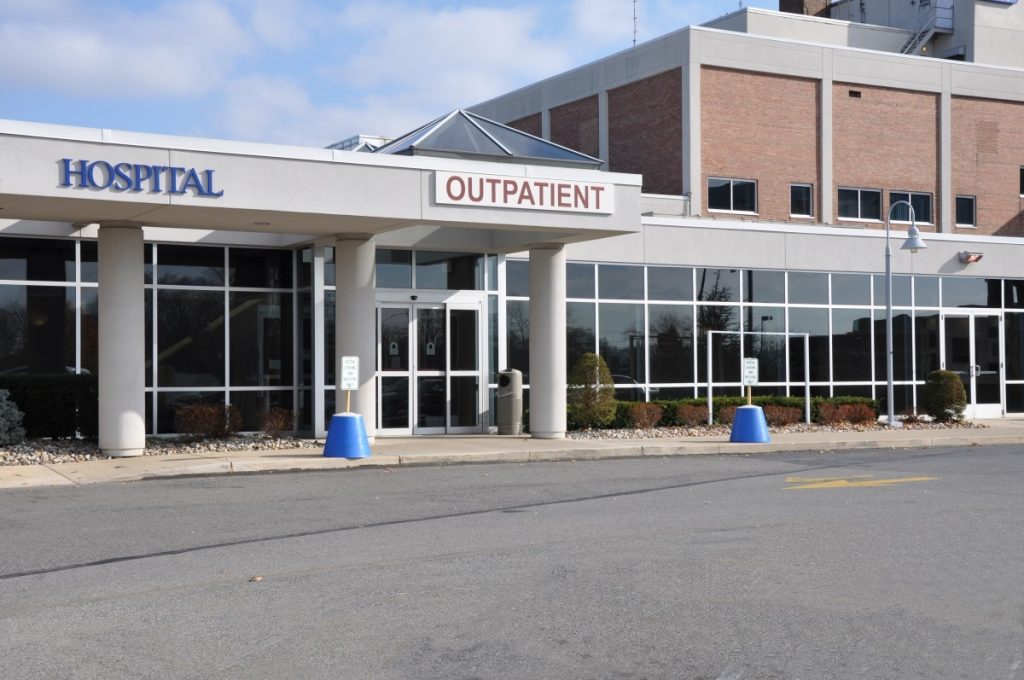
Why Rural Communities Need Critical Access Hospitals, and Why CAHs Need Rural Health Clinics to Survive
There are a handful of terms that come to mind when one says “rural communities”… camaraderie, community, family, simple way of life. In the world of healthcare, we also tend to think of “healthcare deserts.” These rural areas house nearly 20 percent of American populations, and 60 percent of rural areas are designated Health Professional Shortage Areas. More grounding, there have been more than 100 rural hospital closures since 2010.
That being said, more than 4,300 rural health clinics and more than 1,300 critical access hospitals remain. What is at stake for those that are facing negative operating margins or struggling to keep their doors open? And, perhaps more importantly, why is it so crucial we keep these doors open?
1. Keeping The Primary Care Local To Start
A very serious threat to rural communities is outmigration. This doesn’t mean just where people physically live but also where they work. When people are driving an hour from their rural home to work every day – where is it more convenient to get care? Should they see their doctor down the street from their house, or the one they pass in the city on their way to work?
If the answer is the latter, then not only will they be taking their primary care services out of their local community, but they will typically take their inpatient services away from the community hospital as well.
2. Ensuring Primary Care Is Available Later
And on the flip side, if a patient does have to go outside the community for a special treatment, they will often complete their rehab at a facility that is connected to the hospital where their surgery was. However, research has found that recovery is best achieved when in your local community. The reasoning for this may not be why you think. It is often about the caregiver.
- How many appointments will be missed if no transportation is available or if the drive is too inconvenient?
- How encouraged will a patient be if they are sitting in a rehab facility by themselves vs down the street from their grandchildren?
3. Driving Revenue Through Ancillary Services
When an RHC has extra needs – be it lab work or x-rays, they can send those requests to the CAH. This in turn adds revenue to the hospital. However, if the primary care is outside the community, the likelihood that those services will be completed in the local hospital is slim.
4. Enticing Businesses With Local Care
5. In The End, It’s About Communities
As mentioned above, rural communities are synonymous with families. And we must take the necessary measures to help ensure all members of the family are adequately cared for. For the aging or low-income population living in rural America, it is not uncommon that people are without cars. And without public transportation or taxi services servicing these communities, how are these individuals expected to seek care?
Looking for other strategies to keep your hospital open? Download our Rural Hospital Reinvention Guide: 5 Strategies Rural Hospitals Can Deploy Today to Adapt and Survive.
